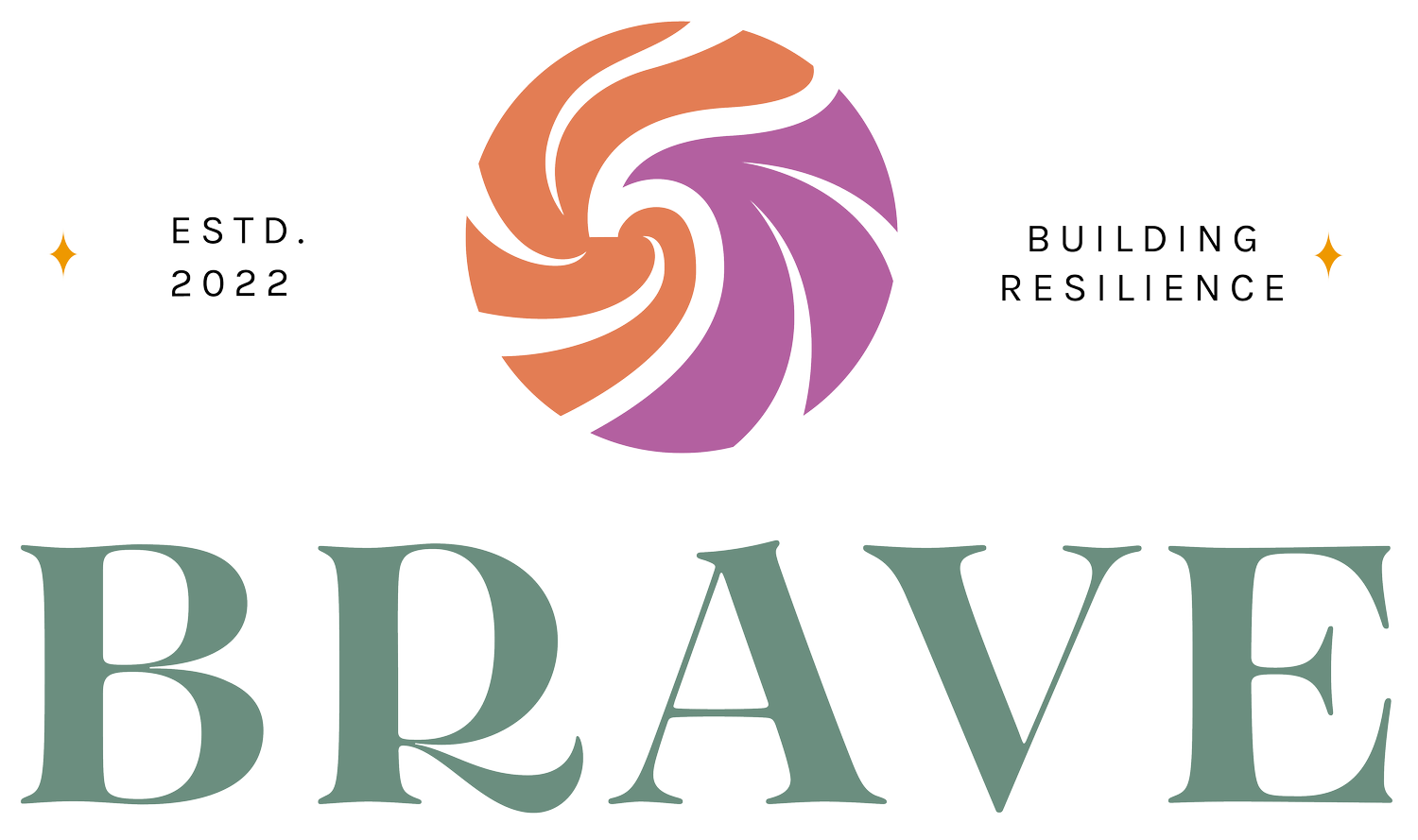What is Vicarious Trauma?
Vicarious trauma isn’t a crisis waiting to happen. It’s a normal, human response to the work you do every day as a trauma therapist.
If you’ve noticed that it’s getting harder to be present — that your thoughts feel foggier, or your patience runs thinner — that’s not a sign you’re broken. It’s a sign you’re impacted. And the impact is real.
You care deeply. You stay open. You witness suffering, not just once in a while, but every single day.
So of course it leaves a mark.
The question isn’t whether vicarious trauma is happening. The question is: how do we recognize it early enough to do something about it?
Vicarious Trauma Is Real and It’s Normal
Vicarious trauma is the internal impact — emotional, physical, even spiritual — of holding space for trauma as part of your work.
It’s not something you’re doing wrong. It’s not about bad boundaries. And it’s not a personal flaw.
Vicarious trauma is something that happens because you’re doing your job — with presence and with heart.
In fact, vicarious trauma only happens to people in helping professions, despite its common misuse in many spaces. That’s because it only happens through empathic engagement with the people we are serving - through the relational attunement and connection we develop in our work with clients.
It’s also different from other experiences we tend to lump together:
Secondary traumatic stress can happen to anyone exposed to disturbing content — like a graphic news story or a true crime podcast. But when trauma therapists experience STS as part of their work, it can actually look and feel like PTSD. Think: nightmares about session content, hypervigilance, or flashbacks connected to your clients’ stories.
Compassion fatigue is another occupational hazard. It’s what happens when the act of caring begins to wear you down. Your empathy feels blunted, and while you still care, you can’t feel that care the way you used to.
Vicarious trauma, on the other hand, is a gradual internal shift that changes how you see the world and yourself. It builds slowly. And it only happens to people in helping professions — people like you.
What Vicarious Trauma Looks Like in Real Life
You might not recognize vicarious trauma at first because it doesn’t kick the door down. It creeps in.
Cognitive signs: You’re rereading your notes not because you're prepping for a session — but because you literally can’t remember what was said.
Emotional signs: You feel numb, edgy, or uncharacteristically irritated — especially with the people you care about most.
Relational signs: You start skipping consultation, not because you’re too busy, but because being seen feels hard.
Occupational signs: You keep adding clients because the thought of slowing down feels more threatening than the grind.
None of these things mean you're bad at your job. They mean your nervous system is adapting to sustained emotional labor — and quietly (or not so quietly!) asking for support.
A Simple Way to Catch It Sooner
Vicarious trauma often goes unnoticed because it happens so gradually. You’re still functioning. Still showing up. Maybe even still getting good outcomes. So it’s easy to think, “This can’t be that bad… right?”
But that’s the danger. When surviving becomes your baseline, you stop noticing what it’s costing you to keep going.
That’s exactly why I created the BRAVE Vicarious Trauma Tracker — a free tool to help you catch the early signs of vicarious trauma before it snowballs into burnout.
The tracker walks you through emotional, physical, relational, and occupational markers — helping you notice patterns in how vicarious trauma shows up over the course of a week.
It includes:
A checklist of signs to track
A space to reflect on what you’re noticing
A bonus mini course that walks you through each section of the tracker and how to use it
I created the Vicarious Trauma Tracker because trauma therapists need a place to pause and pay attention — not to fix, not to perform, but to raise consciousness about what’s happening in our inner world.
Once we’re aware of something, we have more choice about how we respond.
This tool isn’t there to grade you. It’s there to give you something steady to come back to — a simple rhythm for noticing what’s shifting, and what might need a bit more attention.
Being Human as a Trauma Therapist is Not a Liability
You’re not fragile. You’re not “too much.” And you’re definitely not alone.
The fact that you’re affected by your work is not something to hide or power through. It’s something to acknowledge — so you can get the support you need.
And the truth is, you deserve that support. Not because you’ve “earned it” by hitting some threshold of exhaustion — but because you’re a human being doing profoundly human work.
Want to Start Noticing What’s Shifting in You?
You can grab the free BRAVE Vicarious Trauma Tracker and mini course right here:
👉 braveproviders.com/vttracker
And if you’re ready to stop going it alone, I’d love to invite you intoThe BRAVE Trauma Therapist Collective. It’s our online membership community for trauma therapists who want to keep doing this work — with heart and with sustainability.


